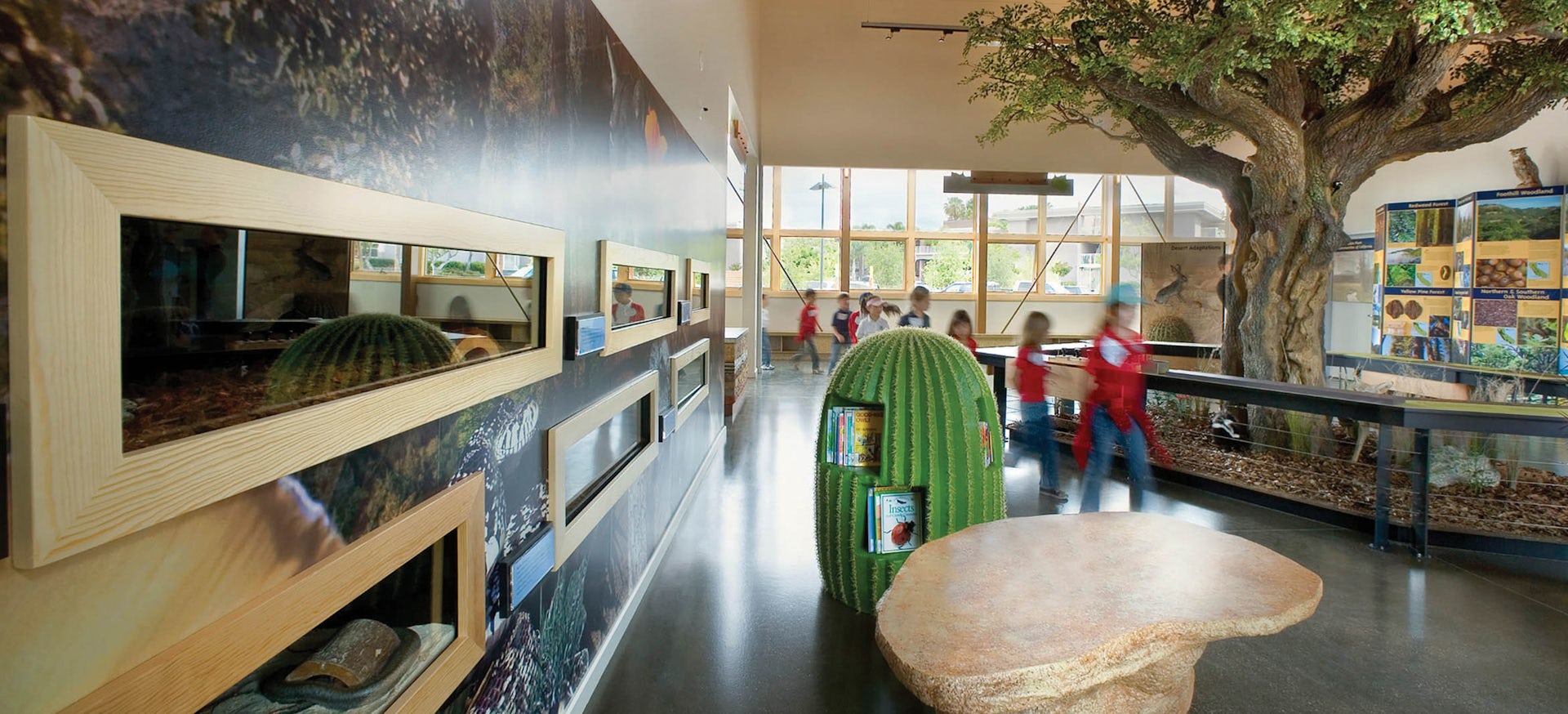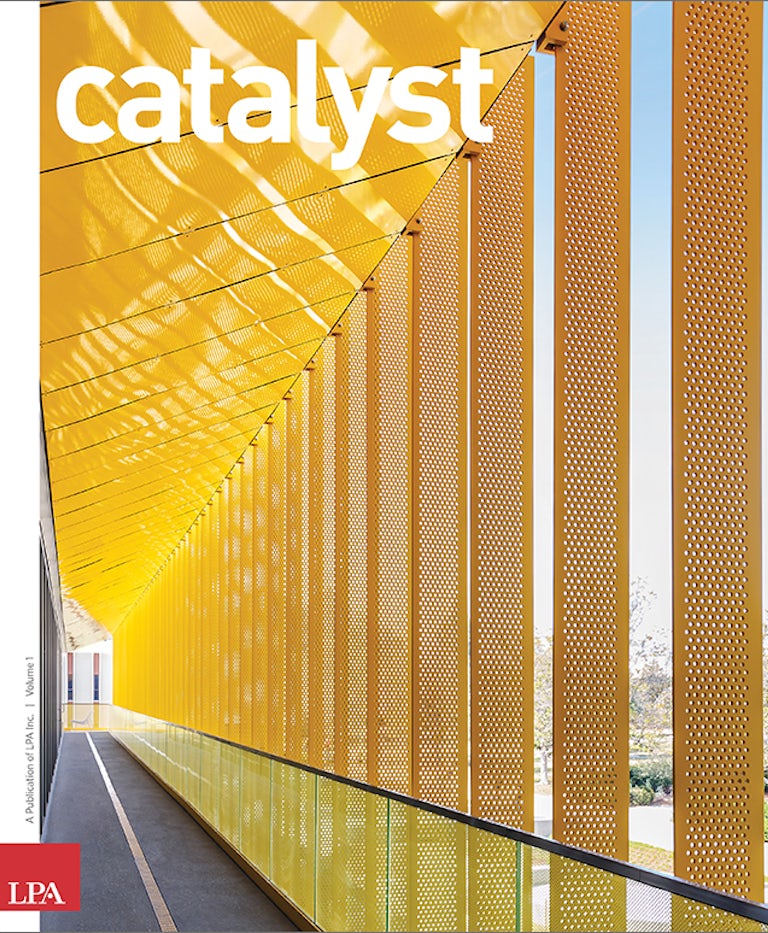As an industry, it is time for architects and builders to come together to change the standards for sustainability. Tenants, shareholders and communities are demanding more. It’s no longer good enough to simply produce buildings that check all the boxes. We can do better.
This is not about the pros and cons of LEED—the industry standard for decades. At LPA, we’ve worked on one of the largest portfolios of LEED certified projects in the world. To its credit, the U.S. Green Building Council changed an industry that isn’t particularly receptive to change. LEED moved the needle. It was the first thing that had to happen to change the industry and to begin making our projects less bad.
We’re at a point now where it’s not about being less bad. It’s about moving forward and achieving more substantive goals. The focus needs to shift toward making real progress in changing how projects perform and how they impact the environment. LEED is the starting point, not the end, of our responsibility. Energy efficiency, open space, stormwater management and water efficiency must be higher priorities than LEED. You can still do a building that marginally is better than the ASHRAE 90.1 energy code and be LEED certified, but, frankly, that is not good enough.
If our buildings aren’t net zero now, we need to find ways to make them net zero in the future. Our goal as a company is for every one of our buildings to meet the Architecture 2030 Challenge, which calls for all new buildings, developments and major renovations to be carbon-neutral by 2030. In the short term, the goal is for all new projects to meet energy consumption, greenhouse gas emission and fossil fuel consumption standards 70 percent below the regional average for the building type.
The Architecture 2030 Challenge is not a perfect standard, but at least it is talking about real reductions in energy use and provides a framework for carbon neutrality. At its heart, the challenge seeks to “rapidly transform the global built environment from the major contributor of greenhouse gas (GHG) emissions to a central part of the solution to the climate crisis.” The goals move beyond a checklist of building elements to a more holistic view of the built environment’s role in managing the impact of climate change, protecting and enhancing natural resources, providing clean air and water, generating low-cost renewable energy and developing more livable communities.
As we approach this challenge, it always boils down to what makes economic sense. That makes energy efficiency the critical element going forward. With good design, building owners can save money from day one. And there is a toolkit of choices already available.
















